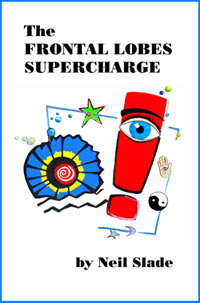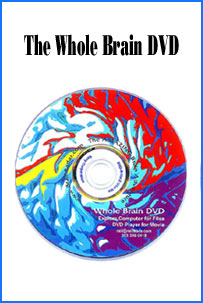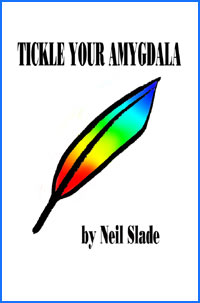Brain Magic
Croquet
Brain Photo Fun Cameras
Digital photography is becoming a very fast growing activity for people. It stimulates the brain's power's of observation, cooperative fun/play, and creativity. Interacting with computer digital imaging software will wake up previously dormant areas of your artistic right brain, as well as challenge your left brain ability to make sense of your software and read program directions! (Though most consumer photo-software is quite easy to master).For most people, there are distinct advantages to digital photography over film photography, provided you know just a little bit about operating a common home computer, on which you will look at and edit your photos and share them on email with others. Almost no one delvelops their film, and most people are generally stuck with whatever the photo lab gives them back. ON the other hand, digital photography allows you enormous control over your pictures. You can easily fix pictures that normally would be thrown out if they were on film, crop and trim excess space around subjects, sharpen images, zoom in-- you name it.
Digital cameras and pictures are environmentally friendly, requiring no chemicals or paper for developing. The memory cards which store the images till you get them home and load them into your computer are infinitely reusable, unlike a roll of film which can only be used once. I don't actually print out many photos any more, and prefer to merely look at them and share them via email or the web. Of course, you can print out your digital photos on plain ink jet printers on photo quality glossy paper, any size up to 8X10. But be aware that many printers use ink that is not nearly as light-safe as regular photos. Pictures that look amazing out of my HP inkjet printer look great-- until they've been on the wall for a year-- then the color starts to fade.look funny! (Regular photos work best in frames exposed to constant light.) On the other hand, digital images shown on your computer screen or saved to CD-Rs, digital images last forever.
There are many cameras out there, and prices range from $39 to THOUSANDS for pro-digital models. For most people, cameras in the $200 range on up will rival their regular point and shoot 35mm cameras. For those used to using good SLR 35mm cameras, expect to spend about $500 to replace your SLR. One $50 camera I own actually works pretty good, and is fun to keep in my pocket-- more on that one below.

In general-- quality comes with money spent, AND the size of the camera. Although there are a few very expensive tiny camera's out there, the best ones have BIG LENSES. Did you ever see a pro using a camera with a little pin hole sized lens? The same rule applies for digital cameras: Lots of glass allows more light, which allows faster shutter speed and sharper images.
Below are typical consumer digital camera, ranging in price from $39 to $599. Sony DSC-S85: My favorite high end digital camera under $1000. (PS- The yellow flower on the case is my own personalized addition)
SiPx StyleCam Photos (bigger $50
camera on left above)
Photos slightly enhanced with PC
software.
Erfie, very close up and personal--
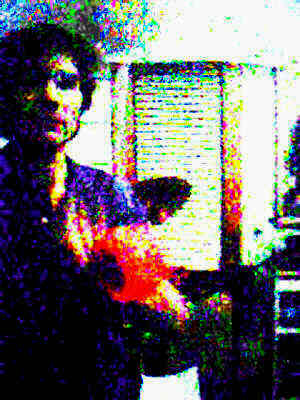 Musician/artist Eric Vincent with his Red Yoyo ("modern art"
style)
Musician/artist Eric Vincent with his Red Yoyo ("modern art"
style)
Another of Eric leaving (after a recording
session)
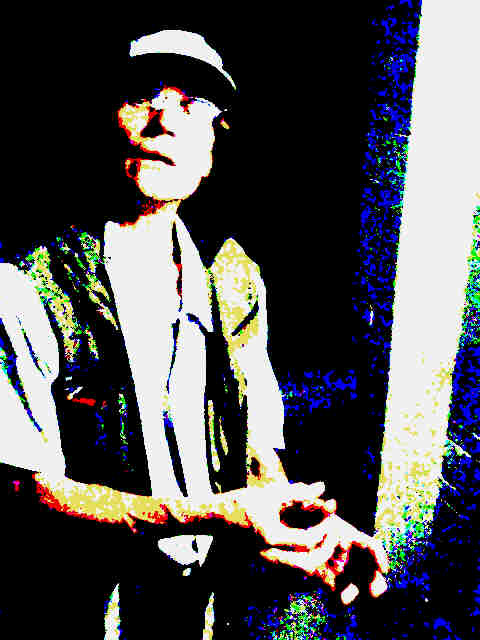
 Genius
recording engineer, Broz Rowland
Genius
recording engineer, Broz Rowland
Nice Neighbor's roses smell so sweet 
This is the aqua truck between my house and the neighbors
barking dog

And we can't forget Chloe, Miss Licky 2002 
Sample of camera's colors, not bad for credit card size... (for those interested, further info at http://www.sipixdigital.com ) Smaller "Blink" model camera NOT recommended.


Back to The
Library From Another Dimension
Back to Neil Slade's
Amazing Brain Music Adventure
|
The AMAZING BRAIN ADVENTURE's MOST POPULAR PAGES:
Your Amazing Brain Adventure is a web site all about Tickling Your Amygdala- i.e. turning on the best part of your brain as easy as clicking on a light switch. This is done as easily as imagining a feather inside of your head stimulating a compass, the amygdala. The amygdala is a set of twin organs, a part of your brain that sits right in between the most advance part of your brain- the frontal lobes and pre-frontal cortex- and the most primitive part of your brain- your "reptile brain" and brain stem. By tickling your amygdala you instantly and directly increase creativity, intelligence, pleasure, and also make possible a spontaneous natural processes known as "paranormal abilities", although such things as telepathy and ESP are really as natural as breathing, or as easy doing simple math in your head. The ability to self stimulate the amygdala by something as simple as thought has been proven in laboratory experiments, such as those conducted at Harvard University research labs, 1999-2009, and can be tracked with modern brain scanning machines such as fMRI and PET... Indeed, thought is faster than light.
Other sites of interest: EasyPaintYourCar.com is a painting site dedicated to learning how to paint a car yourself, even if you've never painted a car before. You can refinish your car to professional standards at home, better than if you take it to someone else, and enjoy doing it at a fraction of the cost of having it done in an expensive shop. You can repair dents, rust, and use the most durable real automotive paint, and even learn to apply it without any special or expensive gear, in a safe and enjoyable manner. Paint your car in your garage, car port, or even driveway. You can spray, use an HVLP gun, or even use a roller.
Easy Make A Kindle and Your Own Publishing are sites about self-publishing and writing, and how any person can publish materials, print, online, and electronic books. You can drop out of the corporate slave labor rat race and own your own life by writing and distributing your own books on the subject that you know best.
InkJetHelper.com is a web site about escaping from the ridiculous cost of ink jet printer ink refilling- and refilling your printer for pennies instead of $70 a shot. It also has useful tips about maintaining ink jet printers, especially Canon brand printers.
Julia Lu Painting is all about the creative works of Chinese painter Julia Lu, a modern master of oil and water color painting. Julia shares her creative secrets, ideas, as well as her art work.
Off-site links Neil on Lulu Car On Lulu Tribe Blogger Wordpress Cookbook Space PaintWordpress Tripod 2 Google Wands Amazon B&N Kindle Facebook Linked GooglePlus Coast2Coast Viewzone YouTube 2 Blogtalk 1 2 3 4 5 6 7 8 9 1 2 3 4 5 6 7 8 9 1 2 3 4 5 6 7 8 9 1 2 3 4 5 6 7 8 9 a b c d e f a b c e f g h i 8 7 6 5 4 3 1 2 a b c d e f g h i a b c d e f g h i j k l m n o p q r s r u v w x y |

